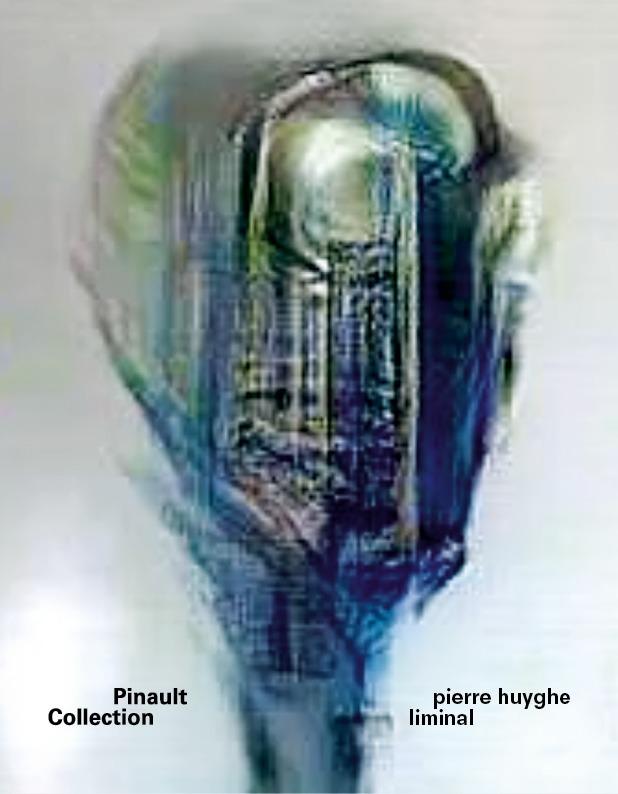“Remaining within the history of art while seeking a way out of it is both the conceptual curse and ultimate aspiration for the modern artist. Willem de Kooning, one of the greatest figures in American art of the last century, perfectly embodies this duality”. Mario Codognato, curator and director of the Anish Kapoor Foundation and Berggruen Arts and Culture in Venice.
An intense, adventurous, and restless artist who was deeply influenced by his surroundings and attentive to the stimuli of everyday life, Willem de Kooning (Rotterdam, 1904 – New York, 1997) emerged as one of the most revolutionary and influential personalities of the 20th century. On the occasion of the exhibition Willem de Kooning and Italy, hosted in the space dedicated to temporary exhibitions at the Gallerie dell’Accademia di Venezia, Marsilio Arte is publishing a catalogue that explores the various aspects of the artist’s relationship with Italy through his art. Open to the public from 17 April to 15 September 2024 in conjunction with the 60th International Art Biennale, the exhibition is curated by art historian Gary Garrels and Anish Kapoor Foundation director Mario Codognato, and is the first to analyze the impact of de Kooning’s Italian sojourns on his later production. Bringing together some 75 works belonging to the period from the late 1950s to the 1980s, such as the famous Door to the River, A Tree in Naples, and Villa Borghese, painted in 1960 in New York, it is the largest de Kooning retrospective ever organized in Italy.
Willem de Kooning felt a profound connection with Italy and the rich legacy of Italian art. Curator Garrels observes, “As early as the 1940s, the Pompeian frescoes at the Metropolitan Museum of Art in New York, dating from the first century B.C., had a direct influence on his painting”. However, it wasn’t until 1959 that the artist made his first trip to Italy. A brief stay in Venice and a fleeting visit to Rome left an indelible impression, prompting his return to Rome in 1969 for an extended stay of several months. These two sojourns in Italy significantly impacted his work, yet scholars have never given them the thorough attention they deserve. Willem de Kooning and Italy represents the first comprehensive examination of these pivotal chapters in his life and their influence on his career.
The catalogue opens with an essay by Garrels, “Willem de Kooning and Italy: An Introduction”, providing an overview of de Kooning’s career from the 1950s to the 1980s, in which some of the Dutch artist’s works are included and contextualized. This is followed by “The Italian Hours” by Mario Codognato, which delves into the central theme of the exhibition and catalog, i.e., the painter’s relationship with Italy and its art. In “De Kooning and the Tradition of Art”, art historian Anna Coliva analyzes the Dutch painter’s artistic practice, identifying the stimuli and influences that helped shape his distinctive stylistic signature. Stephen Mack contributes the essay “Willem de Kooning and the Venetian Renaissance”, reflecting on the influence of Venetian artistic tradition on de Kooning’s art. “Space Perspective Illusion” by art historian and critic Ester Coen addresses the modulation of space and the use of illusionistic/perspectival techniques in by de Kooning, exploring his relationship with past masters such as Paolo Uccello as well as with the 20th-century avant-garde. Patrick Elliott focuses on the artist’s approach to sculptural practice and offers technical and stylistic analyses of some of de Kooning’s bronzes in his essay “De Kooning, Bronze, and Twentieth-Century Sculpture”, including Reclining Figure (1969-1982) and Untitled #12 (1969). Art historian Jeremy Bleeke concludes the collection of essays with “De Kooning’s Sculpture: Studio Practice and Method”, providing an in-depth examination of the Dutch artist’s relationship with clay sculpture. Each contribution is interspersed with reflections on de Kooning’s work by renowned artists such as Marlene Dumas, Georg Baselitz, Nunzio, Cecily Brown, Lynda Benglis, Amy Sillman, and Francesco Clemente.
Enriching the catalogue further are a select bibliography and an exhibition chronology, making it indispensable for a comprehensive understanding of the artist.
Discover more about the exhibition with the curator Gary Garrels in the podcast below!











